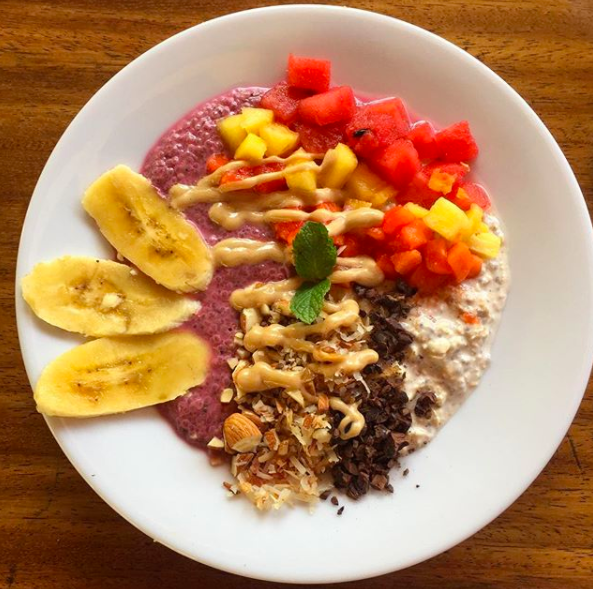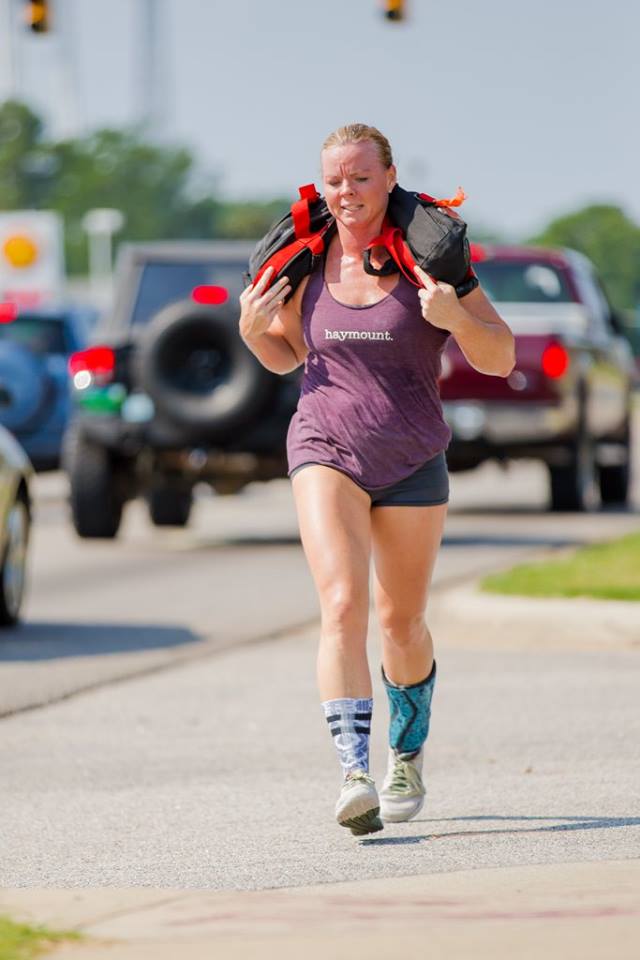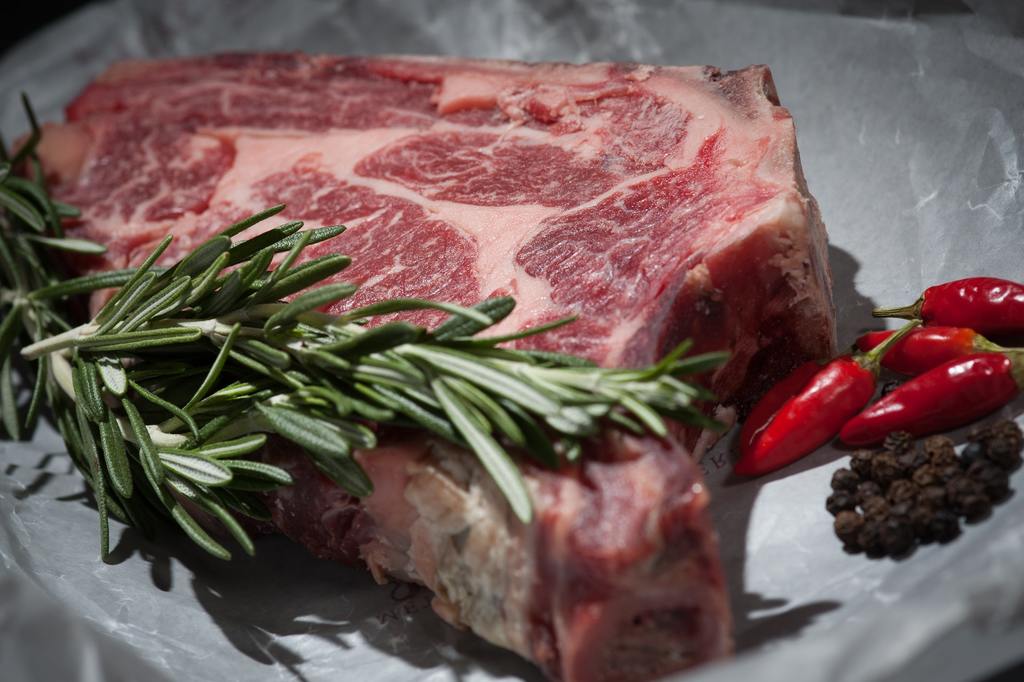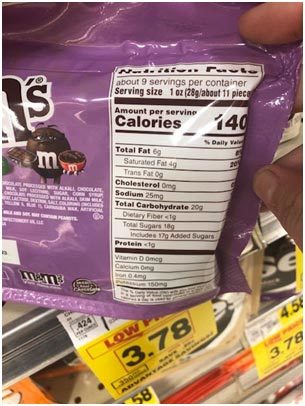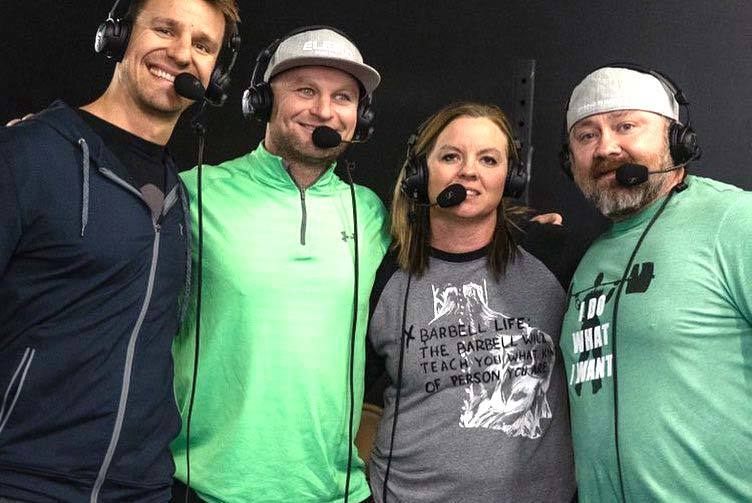Fuel – Nutrition and Your Questions Answered – The Barbell Life 344
Anyone who is serious about their fitness knows their nutrition has to be dialed in. You can workout for hours every day with the perfect program, optimal technique, and the mindset of a champion – but you will be wasting your time if your nutrition is poor. So today we get to several of your […]
Fuel – Nutrition and Your Questions Answered – The Barbell Life 344 Read More »
